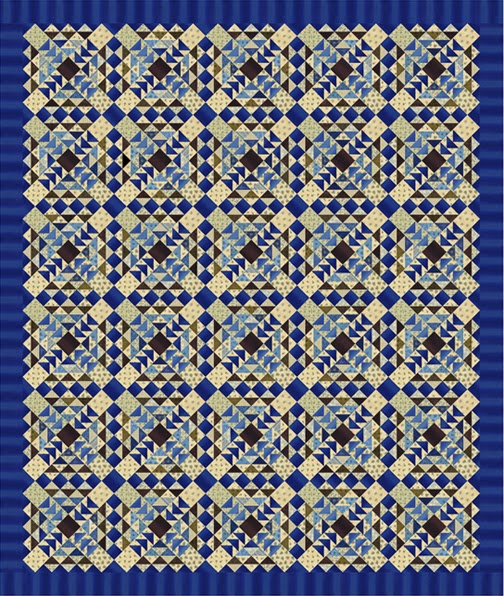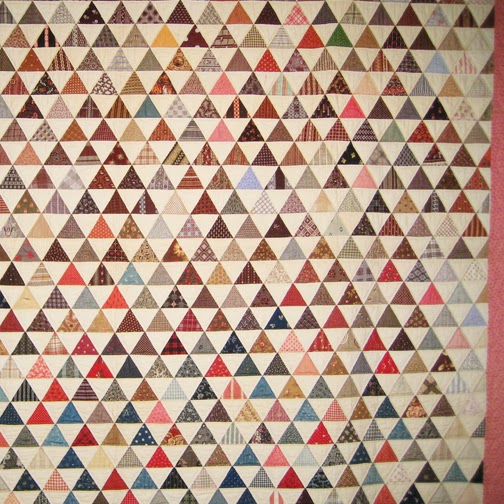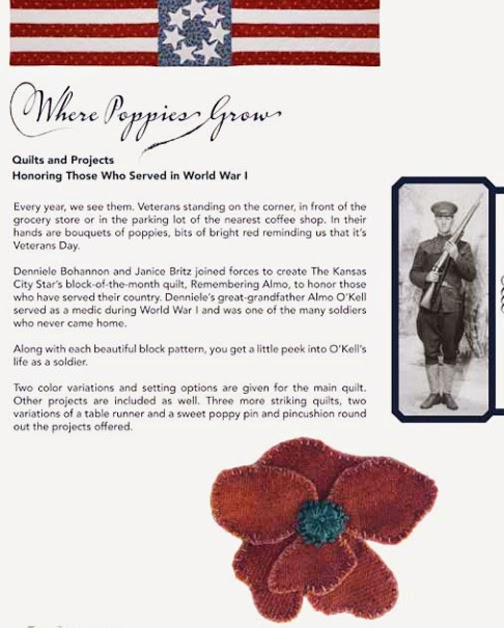Four Centuries of Quilts: The Colonial Williamsburg Collection
by Linda Baumgarten and Kimberly Smith Ivey
Colonial Williamsburg's impressive quilt collection has finally been documented in a catalog. Not only that, the curators in charge are two of the most knowledgeable working today. It's a must-have. (In case anyone is thinking about holiday gifts....)
Star quilt made by members of the Jones or the Terry families
mid-19th century.
Collection of Colonial Williamsburg.
Published by Yale University Press, it's 368 pages with 320 color pictures in hard-cover format. $75.00
Read more at the Colonial Williamsburg site:
...which says:
"Fascinating essays by two noted scholars trace the evolution of quilting styles and trends as they relate to the social, political, and economic issues of their time."
This catalog is available on line from the bookstore and other retail sites.
Medallion Quilt
Made by Ludwell Harrison Goosley (1754-1813)
and her daughters.
Early-19th century.
Collection of the D.A.R. Museum
And just as important is a catalog from the D.A.R. Museum:
Eye on Elegance: Early Quilts of Maryland and Virginia by Alden O'Brien
![]()
This catalog of the exhibit currently on display at the Museum in Washington D.C. is over 150 pages with pictures of every quilt in the show. It is scheduled to arrive December, 2014. Price $35. You can pre-order by calling the museum shop.
Read more here:
http://www.dar.org/dar-shopping/dar-online-store/product-detail/586
Here's what the Winterthur gift shop says:
"Take the 'bones' of a classic volume, rewrite with updated and newly researched material, add 450 glorious color images, and you have the makings of a new standard in the field: Printed Textiles: British and American Cottons and Linens, 1700-1850. Author Linda Eaton, the John L. & Marjorie P. McGraw Director of Collections and Senior Curator of Textiles at Winterthur, has produced the worthy sequel to Florence Montgomery?s 1970 publication, Printed Textiles."
Here's a link to the Winterthur Museum shop:
http://www.winterthurstore.com/category/117/Textiles.html
"A fully illustrated exhibition companion catalog contains close ups and details of the quilts on view as well as additional information, comparative examples, and a brief history of the Denver Art Museum quilt collection."

This catalog of the exhibit currently on display at the Museum in Washington D.C. is over 150 pages with pictures of every quilt in the show. It is scheduled to arrive December, 2014. Price $35. You can pre-order by calling the museum shop.
http://www.dar.org/dar-shopping/dar-online-store/product-detail/586
Here's what the webpage says:
"The item is not available for online purchase. Please call (202) 879-3208 to order."
So you'd better call NOW.
And you have to have this one too....
Linda Eaton's new edition of the Winterthur Museum's
Printed Textiles: British and American Cottons & Linens 1700-1850.
Florence Montgomery's catalog of Winterthur textiles
has been the authoritative book on early furnishing prints for 45 years.
Peter Floud & Florence Montgomery
The original was by Textile Curator Florence Montgomery, who received a good deal of assistance from Peter Floud, curator at the Victoria & Albert Museum.
The original was fabulous but it was black and white for the most part.
This new catalog in full color and with new findings is a necessity. Price: $85
"Take the 'bones' of a classic volume, rewrite with updated and newly researched material, add 450 glorious color images, and you have the makings of a new standard in the field: Printed Textiles: British and American Cottons and Linens, 1700-1850. Author Linda Eaton, the John L. & Marjorie P. McGraw Director of Collections and Senior Curator of Textiles at Winterthur, has produced the worthy sequel to Florence Montgomery?s 1970 publication, Printed Textiles."
Here's a link to the Winterthur Museum shop:
http://www.winterthurstore.com/category/117/Textiles.html
See a preview at Amazon:
A smaller catalog has been published by the Denver Art Museum, featuring quilts in their current exhibit. First Glance - Second Look: Quilts from the Collection is available on line. Price: $10.95.
http://shop.denverartmuseum.org/SelectSKU.aspx?skuid=1061026
Competition Quilt, late 19th century.
Collection of the Denver Art Museum


%2Band%2Bher%2Bdaughters.jpg)



















































(5fBRm4Z27opw~~60_3.jpg)

























































































































































